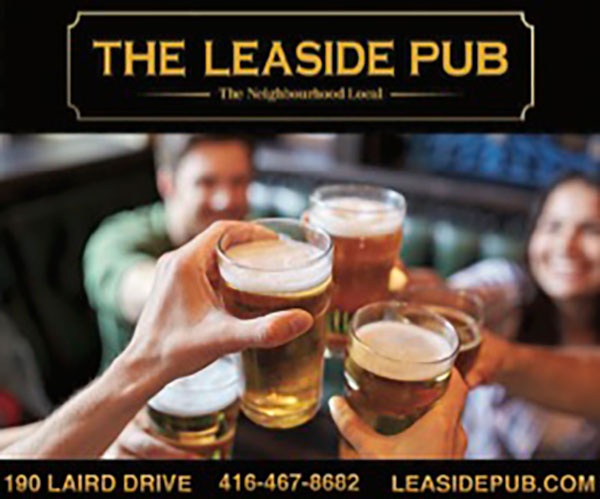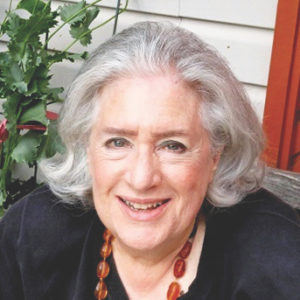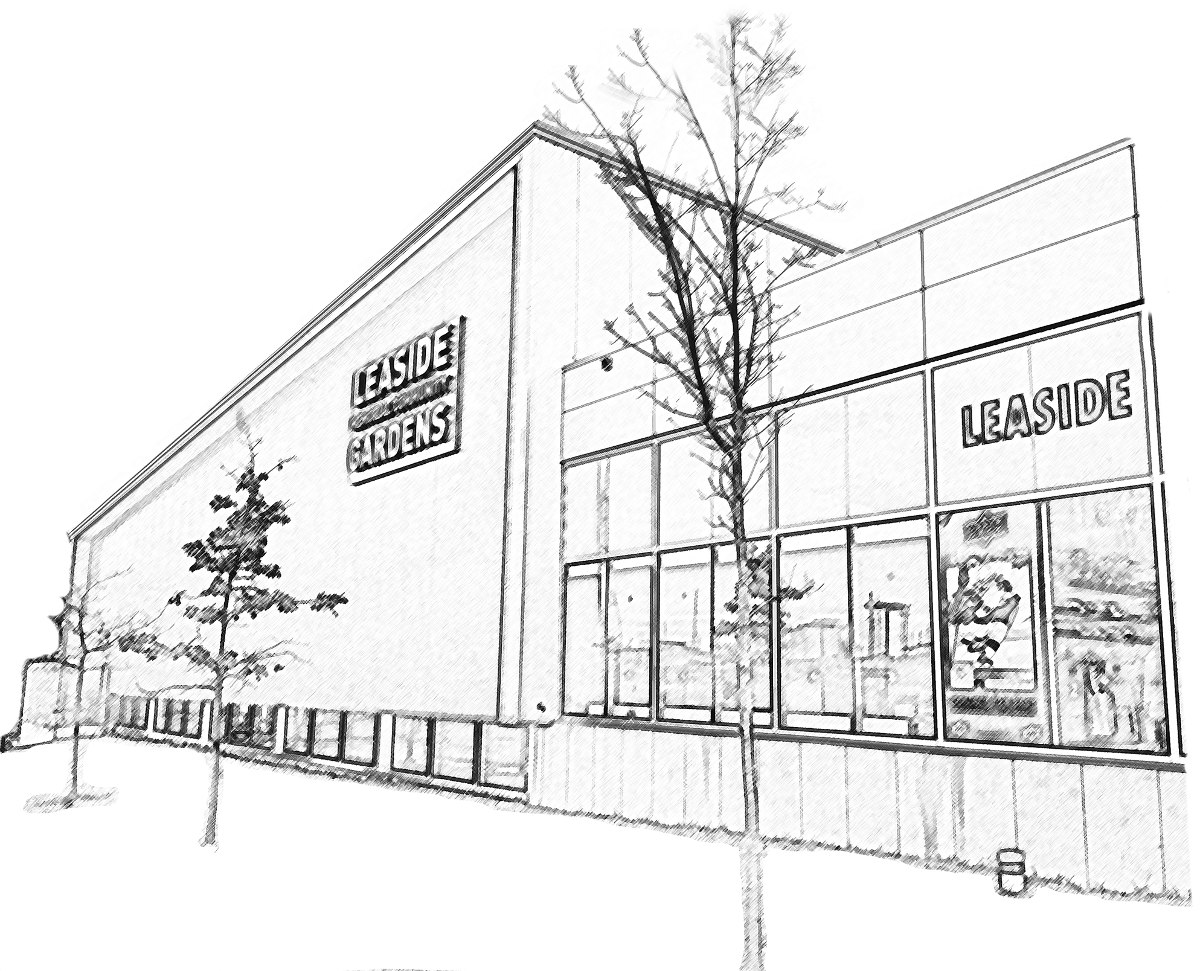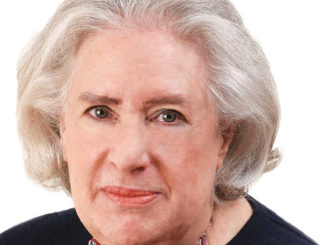You may recall that some months ago all of Toronto’s local ward boundaries were redrawn.
Some municipal wards represented as many as 76,000 residents; others as few as 19,000. Consultants were hired to design models to create more equal distribution of the city’s population.
The models they developed, and the five options they presented, created new problems. Nobody really liked any of them. Eventually, after a lot of controversy, not to mention political horse-trading at City Hall, a map was decided upon that added three new wards, enlarging City Council by three wards to 47.
That’s where we are now, but only for the moment. A new version of Let’s Redesign Our City is again underway, with potentially major impacts on communities like Leaside. You may not have heard about it, because it’s had remarkably little media attention. You may also not have heard about it because the public was given only three weeks to comment on proposals to realign Community Councils, during a period where the media were focused on the provincial election rather than matters municipal.
In the beginning of May, the City issued a press release: “Toronto City Council must adopt new Community Council boundaries now that the City’s ward boundaries are changing….The old Community Council boundaries won’t line up with the new ward boundaries, and adjustments are needed to accommodate the three new wards.” How many Community Councils should there be? Four? Five? Six? How large should each be? Only three options were presented.
Given the short deadline for replies, Council is rushing to make decisions before the summer. Not enough time has been allotted to permit meaningful and detailed analysis, suggestions, and consideration from ratepayer groups, community associations, and interested citizens.
The City has been aware of this issue for many months. But now, because the upcoming October municipal election will be adding the additional new wards, there’s suddenly a big rush to rearrange which wards – all across Toronto – should be shoehorned into which Community Council, and to decide how many Community Councils there should be, primarily to equalize each one’s work load.
Why should we care?
The decisions taken at Community Councils affect the look and feel of our neighbourhoods in a direct and immediate way. Community Councils deal with local issues and concerns, from tree removals to traffic and development applications. The wards in each Community Council generally should share similar characteristics, but some wards are less – or more – concerned about free-flowing traffic on residential streets than others, or about high rise developments, or historic designation. It matters to us whether the other members of our Community Council are supportive of our priorities, and we of theirs.
Rearranging Community Councils offers an opportunity to redefine how well our city should, or could, work. Three weeks is not enough time to decide on such an important issue.
At the very least, City Council should defer decision-making until closer to the October municipal elections and actively seek public input.
You’ve heard the old phrase, “Create in haste, repent at leisure….” Let’s hope City Council will not give us cause for long-term regret in their zeal for speedy action.
LPOA’s next board meeting is WEDNESDAY, JULY 4, at 7:30 p.m., in the Trace Manes building. These meetings are always open to the public. We invite you to attend. Contact us anytime via our website, lpoa.ca.





